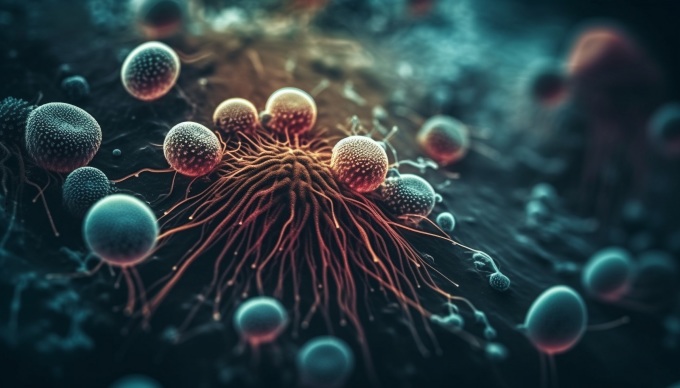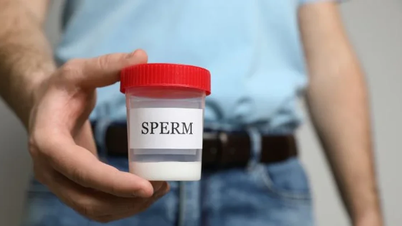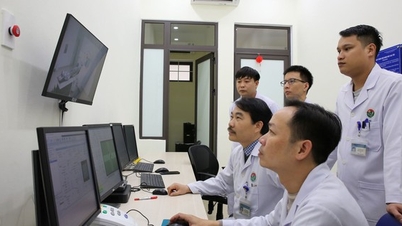Cancer cells can evade detection by the immune system or inactivate immune cells that attack them.
According to the U.S. National Cancer Institute, normal cells become cancerous when a series of mutations cause the cells to continue growing and dividing out of control. Normal cells remain where they started, while cancerous cells have the ability to invade nearby tissues and spread to distant areas of the body.
These changes can be genetic or caused by external risk factors such as smoking, exposure to ultraviolet radiation, and chemicals. Mutations can also be completely random. A cancer cell may have thousands of mutations, but only a certain number of these genetic changes in the cell cause the cancer to divide and grow.
The process by which normal cells become cancerous typically goes through stages of hyperplasia (expansion) and dysplasia (abnormal growth). Initially, a cancerous cell may look like a normal cell, but as it progresses, it becomes increasingly abnormal.
The immune system doesn't recognize and eliminate cancer cells like bacteria or viruses because malignant cells evolve to avoid detection. Immune cells are tasked with finding abnormal cells and eliminating them, which is usually done by other cells in the body's immune system. However, cancer cells remain alive by "evading" detection (they camouflage themselves in various ways) or by inactivating the immune cells that attack them.

Cancer cells. Illustration: Freepik
The ability of the immune system to recognize and eliminate cancer cells is rare, but if it does occur, the patient may recover. This process is studied and applied in a cancer treatment method called immunotherapy, which stimulates the patient's immune system to fight against cancer cells.
Once cancer has formed, the cells are no longer intact, meaning further mutations can occur. This is why drug resistance develops to chemotherapy and targeted therapies. Mutated cancer cells allow them to change, evading the effects of these treatments.
Cancer cells in different parts of a tumor can vary, a phenomenon known as heterogeneity, and this plays an important role in diagnosis and treatment.
Precancerous cells look abnormal and resemble cancerous cells, but they are distinct from cancerous cells. Precancerous cells do not have the ability to spread (metastasize) to other parts of the body.
Having a gene for cancer doesn't guarantee that you'll develop cancer. However, if you already have some mutations, cells may become cancerous with minimal changes or environmental factors.
Mai Cat (According to Very Well Health )
| Readers can ask questions about cancer here to receive answers from doctors. |
Source link



![[Photo] Two flights successfully landed and took off at Long Thanh Airport.](/_next/image?url=https%3A%2F%2Fvphoto.vietnam.vn%2Fthumb%2F1200x675%2Fvietnam%2Fresource%2FIMAGE%2F2025%2F12%2F15%2F1765808718882_ndo_br_img-8897-resize-5807-jpg.webp&w=3840&q=75)







































































































Comment (0)